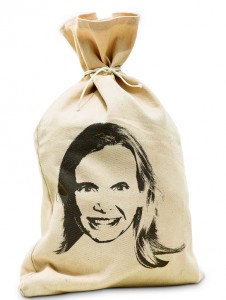Next level dividend paying stocks to consider
It’s all about downside protection for fund manager Marian Hoffmann
Advertisement
It’s all about downside protection for fund manager Marian Hoffmann

 Marian Hoffmann
Marian HoffmannShare this article Share on Facebook Share on Twitter Share on Linkedin Share on Reddit Share on Email